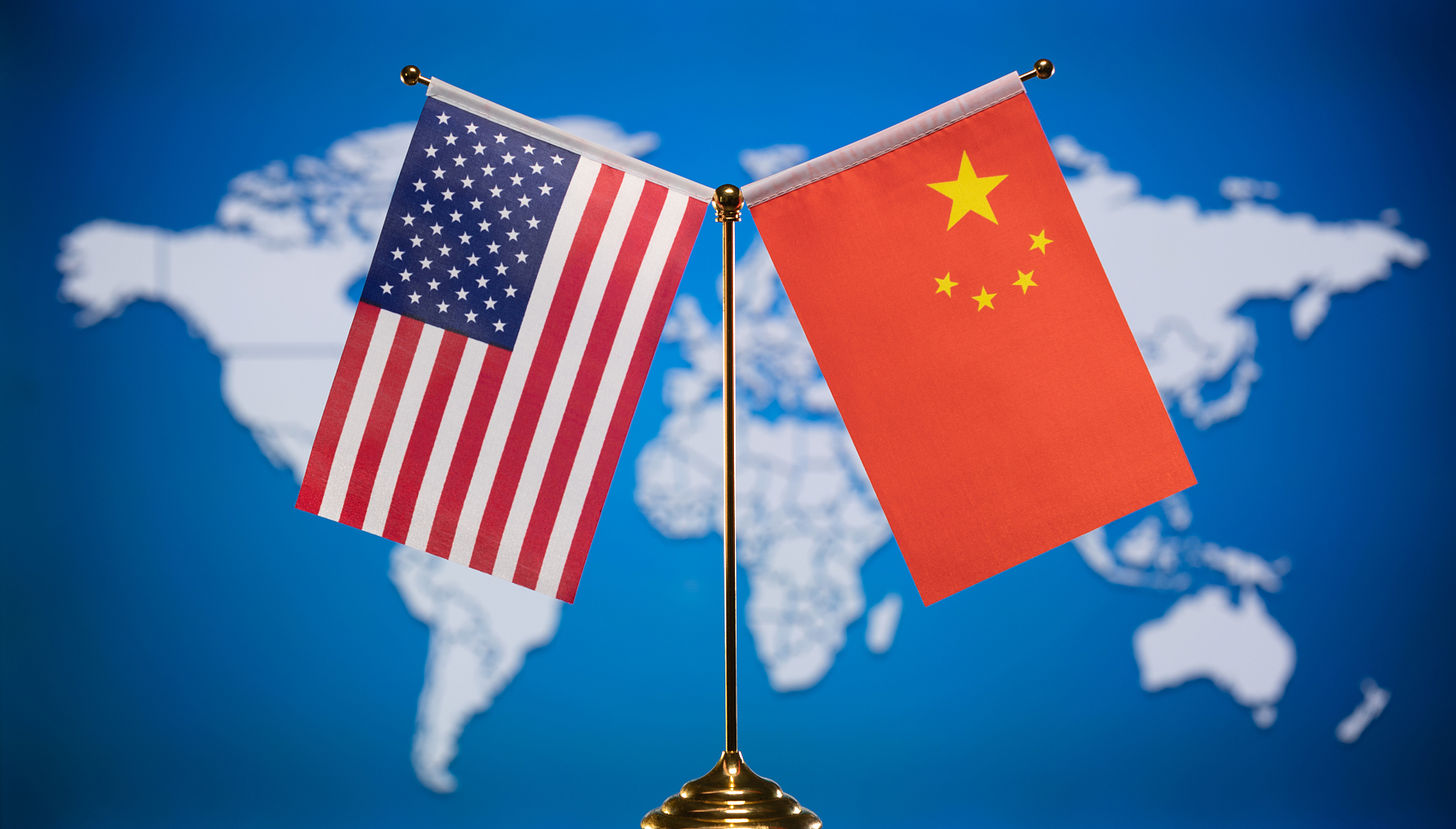
File Phoho: CFP
Regarding the high-level strategic dialogue between China and the United States held in the Alaskan city of Anchorage from March 18 to 19, the People's Daily published an article on Friday signed by Mei Qichu, an observer of international issues, entitled “Set up a new model of interaction between China and the US in a new era."
The article notes that although there are major differences between China and the US, both sides highlighted the need for cooperation. The two sides expressed the hope to continue high-level strategic communication and agreed that communication and cooperation should be upheld in several areas including international and regional issues.
The article emphasizes that China always keeps its door open to further cooperation with the US, but any form of dialogue and cooperation should be based on respect, equality and mutual benefit. The China-US interaction in the new era will never go back to the unhealthy model of cooperation in the past: dominated by the US.
It adds that China will not engage in dialogue for the sake of dialogue, nor will it accept a dialogue on the premise of resolving the unilateral concerns of the US. The dialogue should seek a balanced solution to the concerns of both sides. These were all clear messages that China conveyed to the US through this meeting.
Fifty years ago, the former leaders of China and the US reopened the door to exchanges, relying on bridging the ideological gap between the two sides, respecting each other, seeking common ground while reserving differences, and focusing on common interests.
Although China-US relations have entered a new era at present, it is also necessary to set up a new interaction model based on the principles above. The US should also follow the historical trend and take a correct view of China and the relations between the two countries, rather than reverse the wheels of history.
According to this article, the two sides held sessions that lasted nearly nine hours on domestic policy, foreign policy and bilateral relations covering bilateral, regional and global issues. This highlights the width and depth of China-US relations and also shows the importance and complexity of current bilateral relations.
The dialogue had a strong smell of gunpowder at the beginning. The author believes that the US originally wanted to teach China a lesson, but unexpectedly China turned the tables and showed the world a textbook-style diplomatic counterattack. This dialogue was reportedly regarded by the outside world as important reconnaissance between China and the US, and was intended to find out each other’s bottom line.


